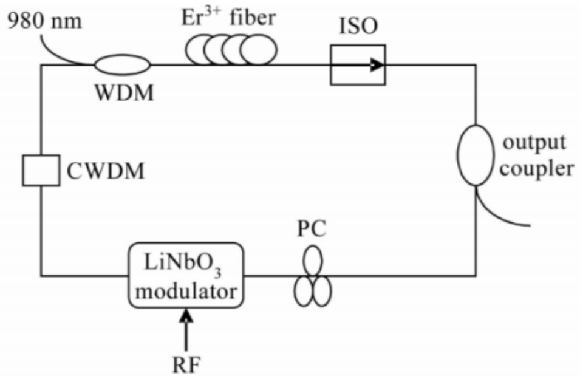Lithium niobate is also known as optical silicon. There is a saying that “lithium niobate is to optical communication what silicon is to semiconductors.” The importance of silicon in the electronics revolution, so what makes the industry so optimistic about lithium niobate materials?
Lithium niobate (LiNbO3) is known as “optical silicon” in the industry. In addition to natural advantages such as good physical and chemical stability, wide optically transparent window (0.4m ~ 5m), and large electro-optical coefficient (33 = 27 pm/V), lithium niobate is also a kind of crystal with abundant raw material sources and low price. It is widely used in high performance filters, electro-optical devices, holographic storage, 3D holographic display, nonlinear optical devices, optical quantum communication and so on. In the field of optical communication, lithium niobate mainly plays the role of light modulation, and has become the mainstream product in the current high-speed electro-optical modulator(Eo Modulator) market.
At present, there are three main technologies for light modulation in the industry: electro-optical modulators(Eo Modulator) based on silicon light, indium phosphide and lithium niobate material platforms. Silicon optical modulator is mainly used in short-range data communication transceiver modules, indium phosphide modulator is mainly used in medium-range and long-range optical communication network transceiver modules, and lithium niobate electro-optical modulator(Eo Modulator) is mainly used in long-range backbone network coherent communication and single-wave 100/200Gbps ultra-high-speed data centers. Among the above three ultra-high speed modulator material platforms, the thin film lithium niobate modulator that has emerged in recent years has the bandwidth advantage that other materials cannot match.
Lithium niobate is a kind of inorganic substance, chemical formula LiNbO3, is a negative crystal, ferroelectric crystal, polarized lithium niobate crystal with piezoelectric, ferroelectric, photoelectric, nonlinear optics, thermoelectric and other properties of the material, at the same time with photorefractive effect. Lithium niobate crystal is one of the most widely used new inorganic materials, it is a good piezoelectric energy exchange material, ferroelectric material, electro-optical material, lithium niobate as an electro-optical material in optical communication plays a role in light modulation.
The lithium niobate material, known as “optical silicon”, uses the latest micro-nano process to steam the silicon dioxide (SiO2) layer on the silicon substrate, bond the lithium niobate substrate at high temperature to construct a cleavage surface, and finally peel off the lithium niobate film. The prepared thin film lithium niobate modulator has the advantages of high performance, low cost, small size, mass production, and compatibility with CMOS technology, and is a competitive solution for high-speed optical interconnection in the future.
If the center of the electronics revolution is named after the silicon material that made it possible, then the photonics revolution may be traced to the material lithium niobate, known as “optical silicon” lithium niobate is a colorless transparent material that combines photorefractive effects, nonlinear effects, electro-optical effects, acousto-optical effects, piezoelectric effects and thermal effects. Many of its properties can be controlled by crystal composition, element doping, valence state control and other factors. It is widely used to prepare optical waveguide, optical switch, piezoelectric modulator, electro-optical modulator, second harmonic generator, laser frequency multiplier and other products. In the optical communication industry, modulators are an important application market for lithium niobate.
Post time: Oct-24-2023






